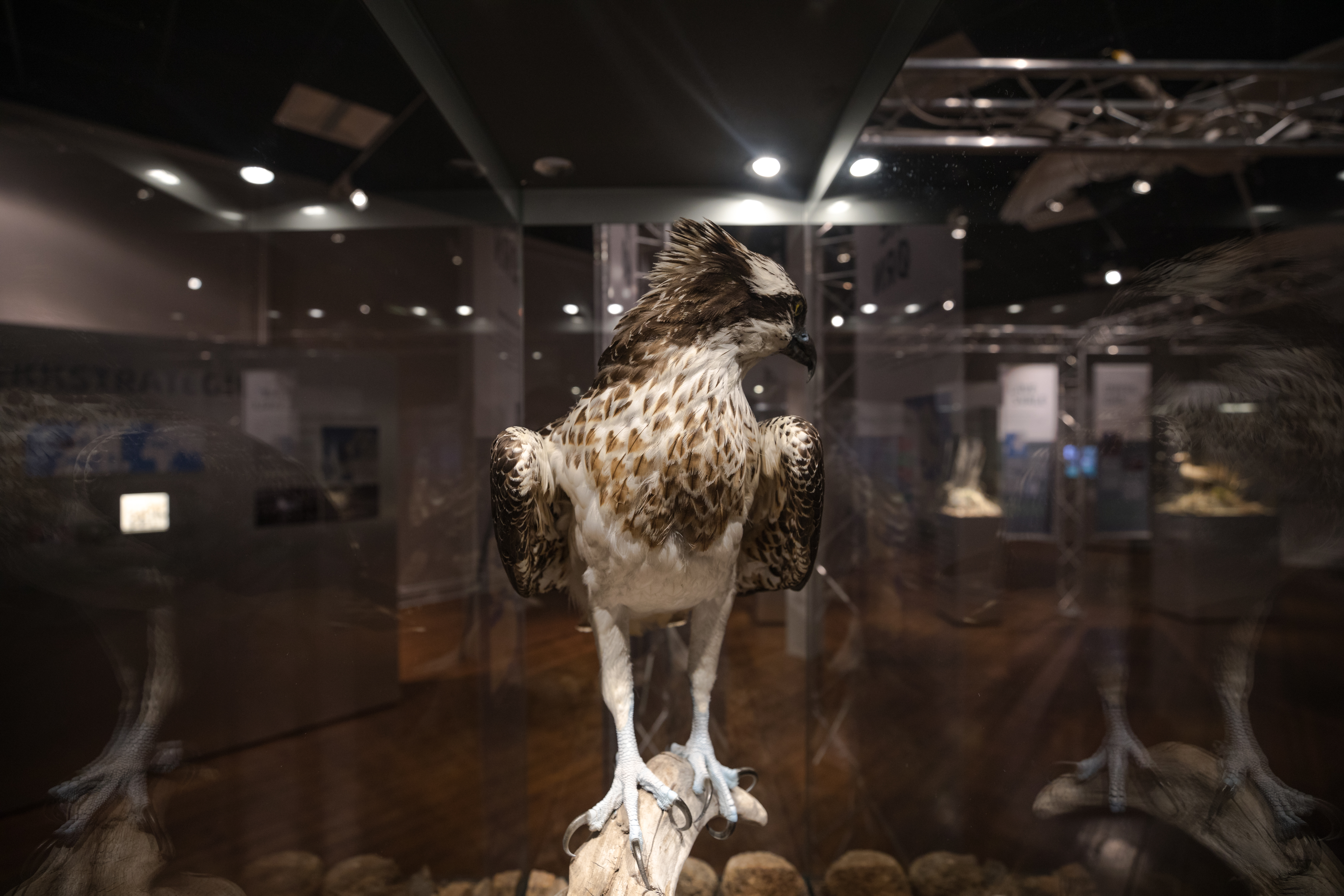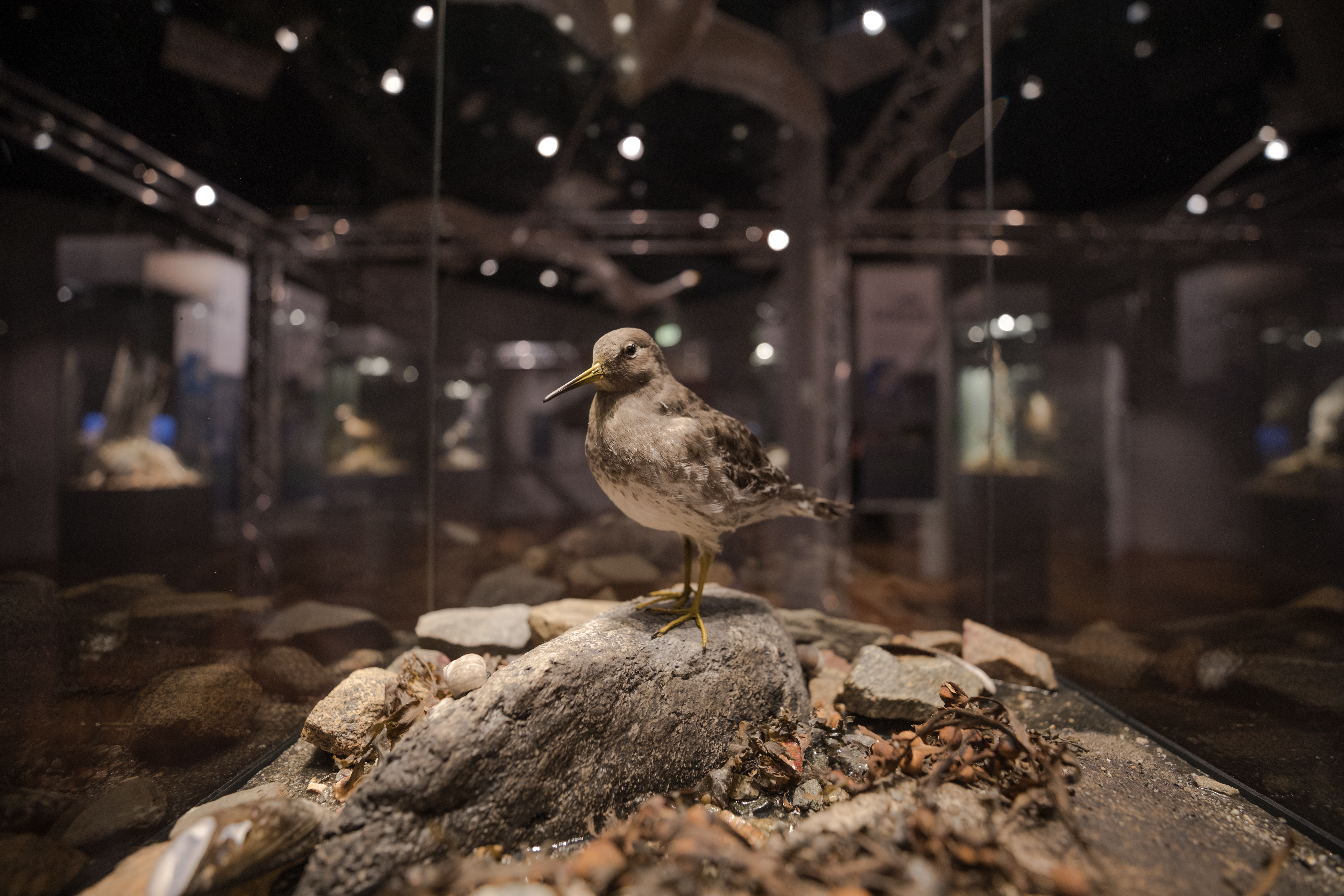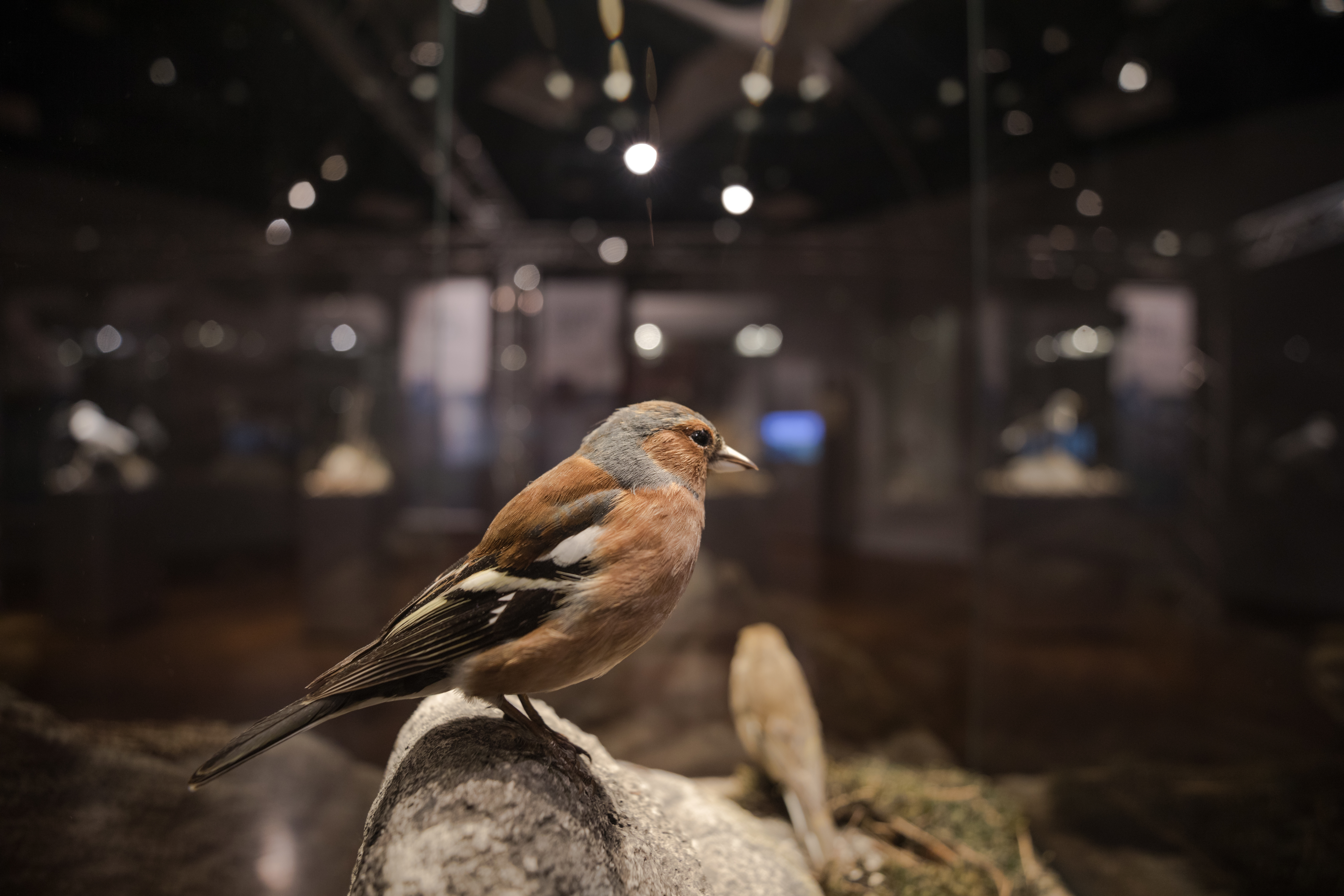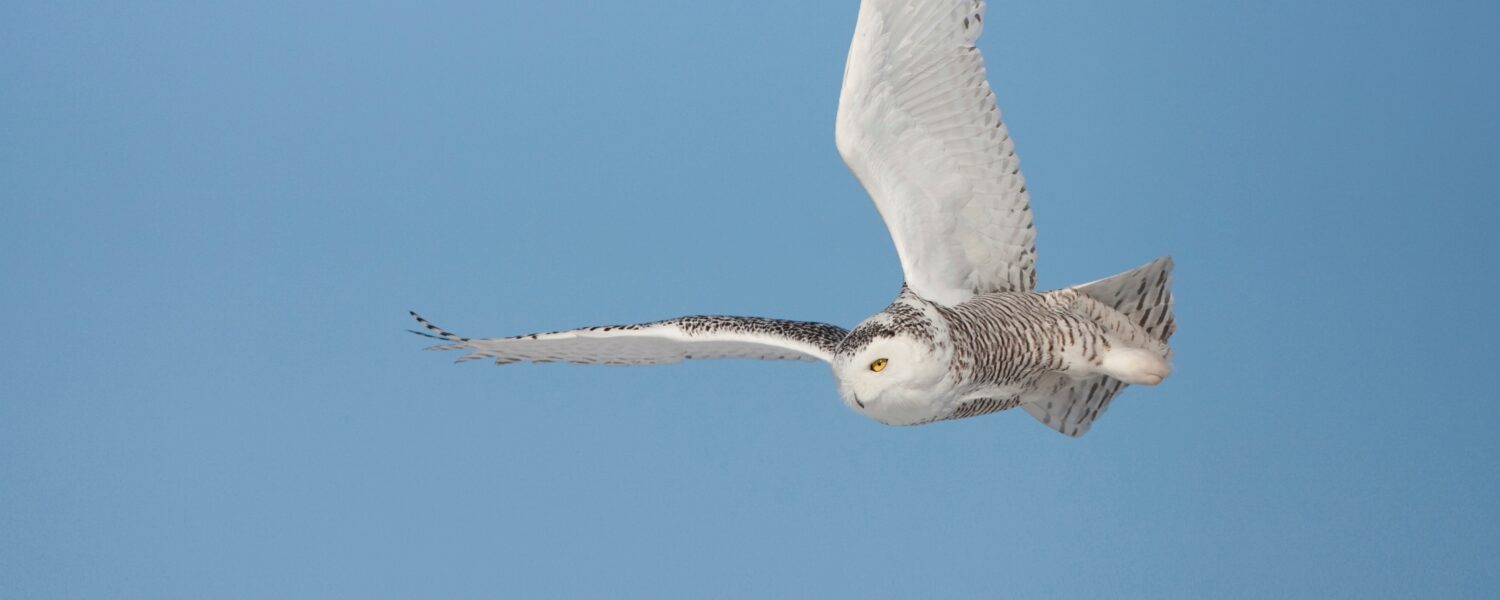The mysteries of bird migration
Bird banding (ring-marking) has been practiced for over a century in Norway. This exhibition tells the story behind bird banding, but also offers knowledge on migratory birds and the findings such research methods have permitted. Did you know that through bird banding some species have also been saved from possible extinction?
Sweden’s archbishop Olaus Magnus (1490-1557) claimed in 1555 that
swallows wintered at the bottom of lakes – a ‘truth’ perpetuated by
Swedish naturalist Carl von Linné (1707-1778) during the 1700s. Had the
great thinkers and researchers of earlier centuries observed how, in the
autumn, large flocks of swallows alighted at night in lakeside
vegetation? Was this the observation from which they drew their
conclusions?
 Osprey. Photo: Oddbjørn Erland Aarstad / MUST.
Osprey. Photo: Oddbjørn Erland Aarstad / MUST.
THE BEGINNING OF BIRD BANDING
It was the Dane Hans Christian Cornelius Mortensen who first had the
idea of fastening a ring with a number and address around a bird’s leg.
Mortensen began experimenting in 1890, but not until 1899, after solving
practical problems, did he begin systematic banding. His expressed goal
was ‘if possible, to generate information about various birds’
journeys, longevity, age differences, geographical breeding, and much
more’. Mortensen’s aims are still relevant. We band birds because we
need to know about their movements, age span, causes of death and the
number of chicks they produce. This information is essential if we are
to manage bird populations well.
 Purple sandpiper. Photo: Oddbjørn Erland Aarstad / MUST..
Purple sandpiper. Photo: Oddbjørn Erland Aarstad / MUST..
BIRD BANDING IN NORWAY
On 8 July 1914, the first bird in Norway was scientifically banded. Ring number 1 was placed on the leg of a Common House Martin – a type of swallow. That day three such swallows and four Pintail duck chicks were banded at Gaukliseter (alpine farm) in Valdres, and the man who started it all was Hans Thomas Lange Schaanning. In 1918 Schaanning became a conservator at Stavanger Museum, eventually building up Norway’s first bird banding centre in Stavanger. Since then, almost 9 million birds have been banded in Norway. Several thousand researchers and proficient amateurs have participated in this work. The exhibition tells some of the secrets that have been revealed through bird banding – a simple, yet effective research method.
 Chaffinch. Photo: Oddbjørn Erland Aarstad / MUST.
Chaffinch. Photo: Oddbjørn Erland Aarstad / MUST.
